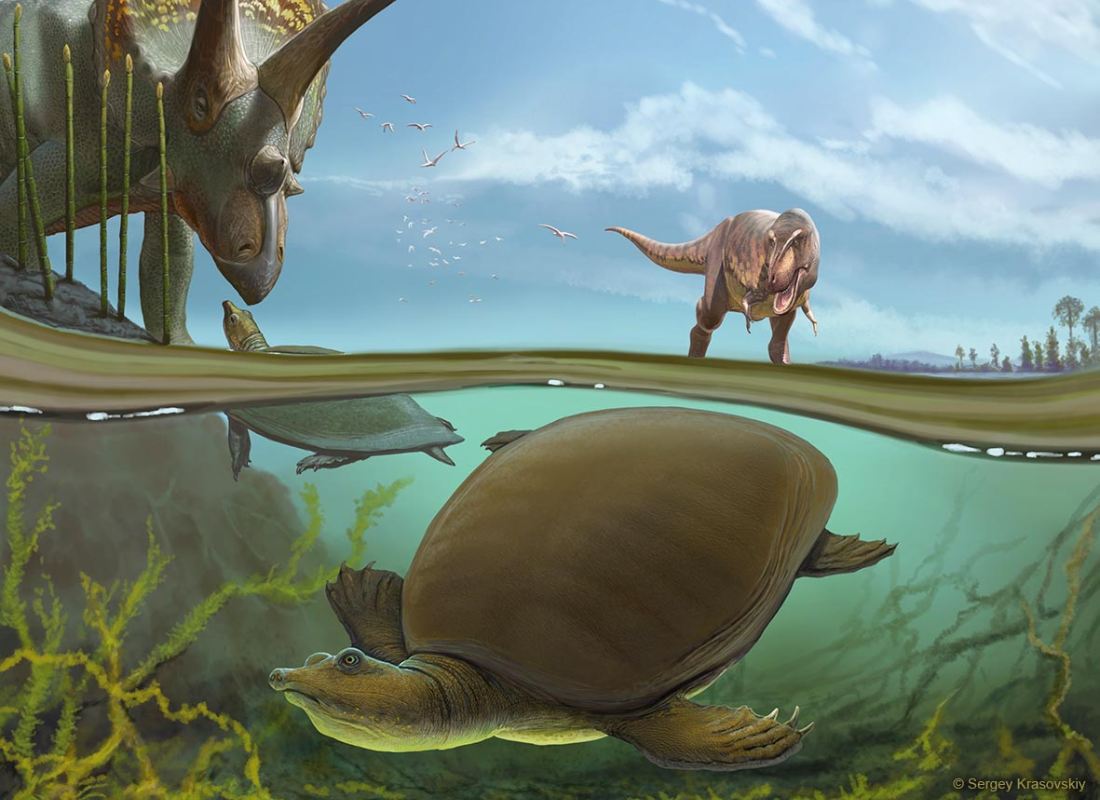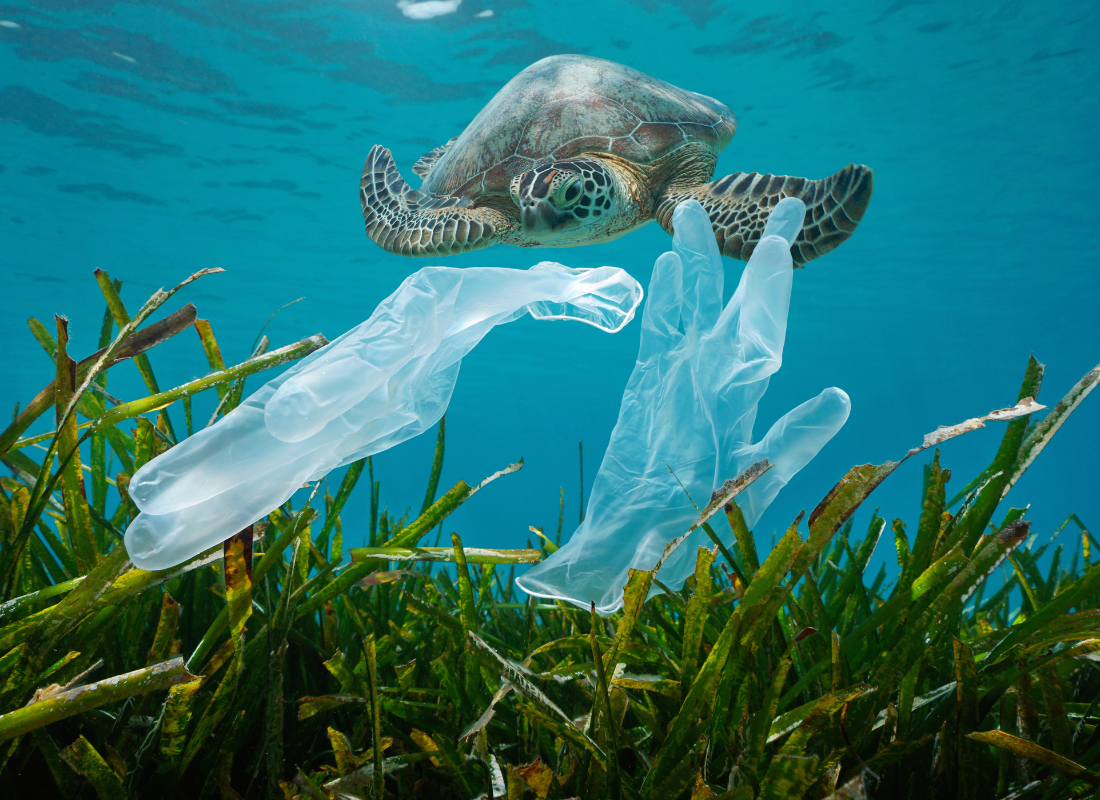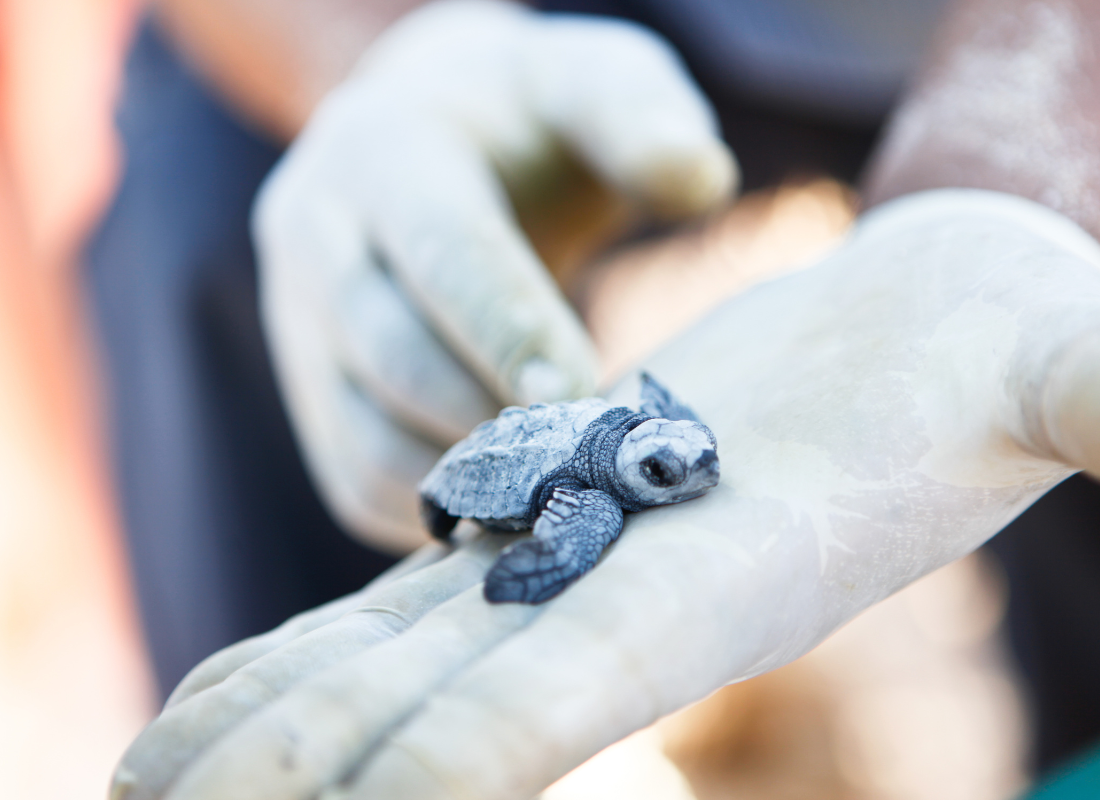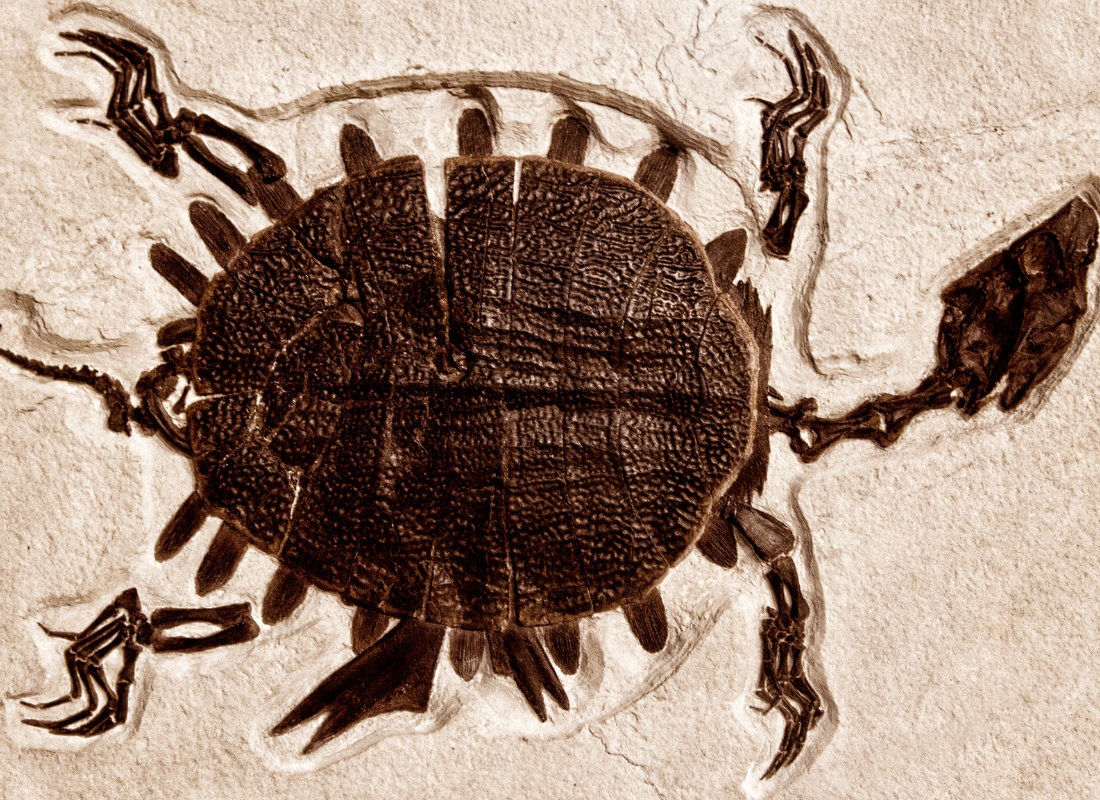
For over 100 million years, sea turtles have ruled the oceans, outlasting dinosaurs, enduring ice ages, and adapting to ever-changing marine environments. As the oldest living sea creatures, they have witnessed the transformation of Earth’s waters, proving their resilience time and time again. Despite their prehistoric endurance, these ancient mariners now face some of their greatest challenges yet—ones caused not by nature, but by human activity.
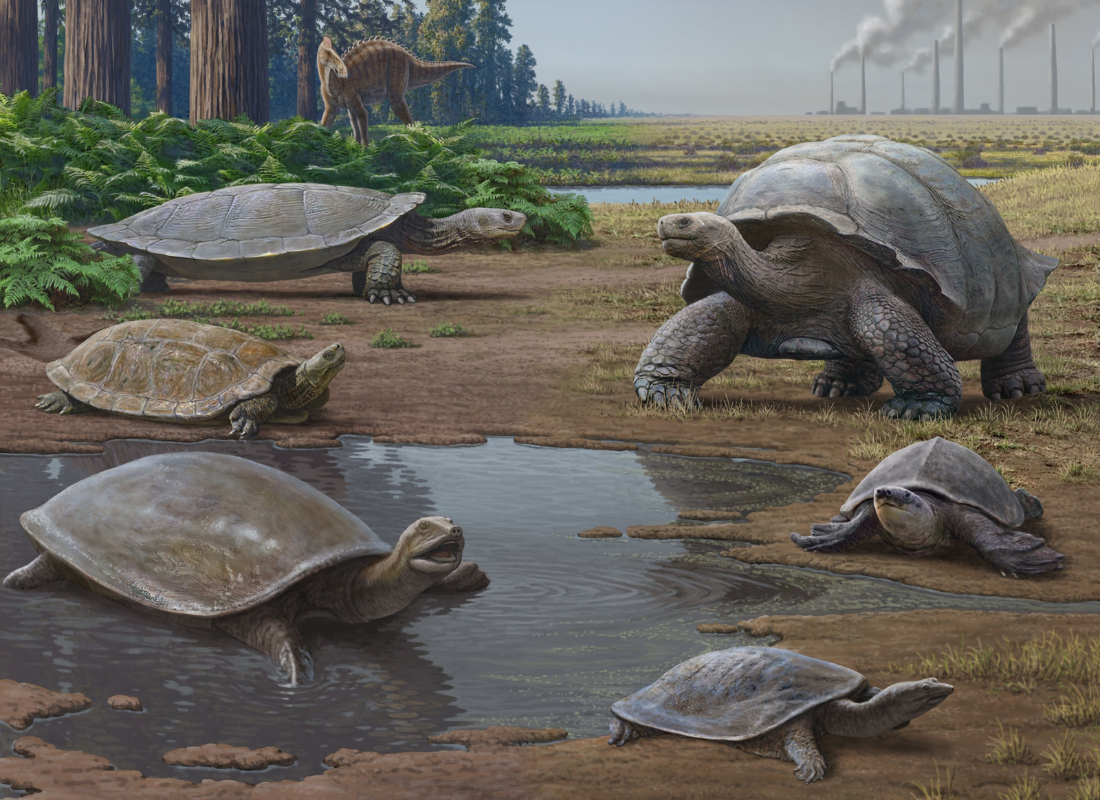
(Illustration by Mauricio Anton)
The Oldest Sea Dwellers
Long before humans walked the Earth, sea turtles were already thriving in the planet’s oceans. Dating back to the time of the dinosaurs, these remarkable reptiles are among the few marine animals that have remained relatively unchanged for millions of years.
The seven existing species—leatherback, hawksbill, green, loggerhead, olive ridley, Kemp’s ridley, and flatback—each have unique adaptations that allow them to navigate vast oceanic territories, from warm coastal waters to the deep sea. Their survival is a testament to nature’s incredible ability to evolve and endure.
Living Fossils and Ocean Health
 As some of the most ancient creatures in the sea, turtles play a crucial role in maintaining marine ecosystems. Their feeding habits—whether grazing on seagrass, controlling jellyfish populations, or keeping coral reefs healthy—help sustain a balanced ocean environment.
As some of the most ancient creatures in the sea, turtles play a crucial role in maintaining marine ecosystems. Their feeding habits—whether grazing on seagrass, controlling jellyfish populations, or keeping coral reefs healthy—help sustain a balanced ocean environment.
Because they migrate across entire ocean basins, sea turtles also serve as indicators of ecosystem health. Declining turtle populations can signal broader environmental issues, such as climate change, pollution, and habitat destruction. By protecting sea turtles and their nesting beaches, we’re also helping safeguard the many species and habitats connected to their survival.
Modern Challenges
Despite surviving mass extinctions, sea turtles are now at risk due to human-caused threats. Plastic pollution clutters their habitats, discarded fishing gear entangles them, and coastal development destroys critical nesting sites.
Climate change, too, is affecting sea turtle populations by altering sand temperatures, which determines the sex of hatchlings, and by eroding the very beaches where they have nested for millions of years.
Global Conservation Efforts
Collaborative conservation initiatives, often led by governments, nonprofits, and local communities, are making strides in protecting sea turtles. Programs that establish protected marine areas, regulate fishing, and enforce safe nesting zones have proven beneficial.
Technological innovations—such as turtle excluder devices on fishing nets (TEDs)—also demonstrate how scientific solutions can reduce unintended harm.
How You Can Help Protect the Oldest Sea Animals
Sea turtles’ astounding endurance over the millennia reminds us that nature’s oldest creatures can still be vulnerable in the face of human-driven challenges.
By championing sustainable practices and collaborating on global conservation, we can help ensure these timeless survivors continue to swim the world’s oceans for generations to come.
While the challenges are daunting, the actions we take—no matter how small—can make a big difference. Here’s how you can help:
- Reduce Plastic Use: beyond straws, consider reducing your overall plastic consumption. Use reusable bags, bottles, and containers to minimize waste.
- Support Conservation Efforts: Donate to or volunteer with organizations dedicated to sea turtle conservation. These groups work tirelessly to protect nesting sites, rescue injured turtles, and advocate for policies that safeguard marine habitats.
- Spread Awareness: educate others about the importance of sea turtles and the threats they face. Share information on social media, talk to friends and family, and encourage others to make eco-friendly choices.
- Participate in Beach Cleanups: join local beach cleanup events to help remove debris from shorelines, making them safer for nesting turtles and hatchlings.
- Choose (our) Straws: by opting for alternative straws instead of plastic or even paper ones, you’re reducing the amount of waste that ends up in our oceans. Our straws are a fun, sustainable alternative that can help protect sea turtles from ingesting harmful plastics!
Now it’s your turn!
 Every small action—whether reducing plastic use, supporting conservation efforts, or raising awareness—contributes to a larger movement toward ocean conservation.
Every small action—whether reducing plastic use, supporting conservation efforts, or raising awareness—contributes to a larger movement toward ocean conservation.
By protecting sea turtles, we help preserve not only an ancient species but also the delicate balance of marine ecosystems they have helped maintain for over 100 million years. With our help, these timeless travelers can continue to grace our oceans for millions more.
